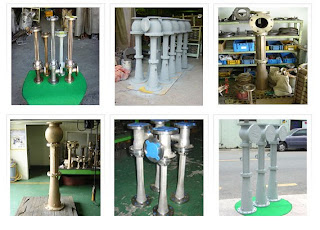In an exhaust gas turbocharger for an internal combustion engine comprising a compressor and a turbine interconnected by a shaft in a rotationally fixed manner, and an electric machine which can be connected to the exhaust gas turbocharger via a clutch, the exhaust gas turbocharger can be driven at least temporarily by a disk-shaped flywheel rotatably supported on the shaft and being operable selectively by the turbine and by an electro-dynamic structure for improving the response behavior of the exhaust gas turbocharger. (end of abstract) A turbocharger , or turbo , is a gas compressor that is used for forced-induction of an internal combustion engine . A form of supercharger , the purpose of a turbocharger is to increase the density of air entering the engine to create more power. However, a turbocharger has the compressor powered by a turbine , driven by the engine's own exhaust gases, rather than direct mechanical drive as with many other superchargers.


